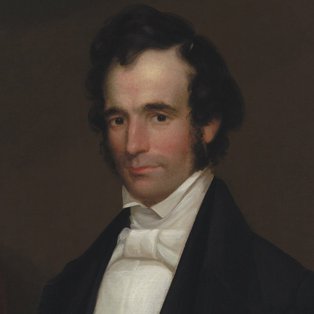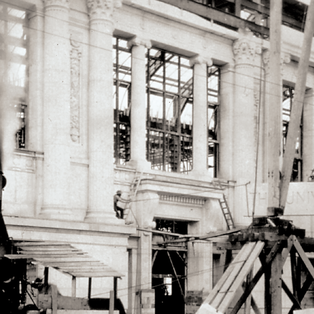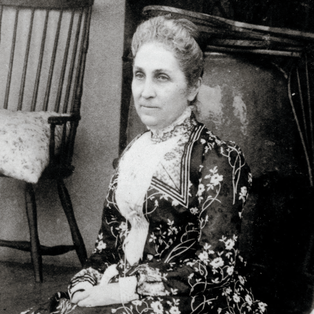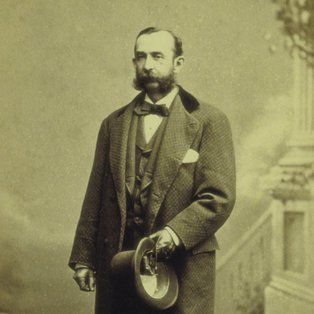The Vision of Benjamin Ide Wheeler
Benjamin Ide Wheeler was a classical philologist (a scholar of language in oral and written historical sources) who taught at Harvard and Cornell before he came West to lead the University of California. Describing his arrival in 1899, Wheeler remarked: “As it were in a night, a college has grown here into the dimensions of a university.”
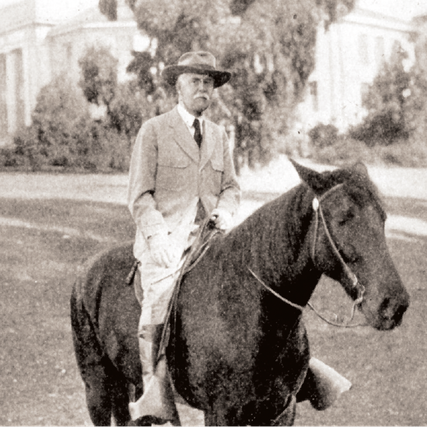
With Wheeler’s guidance over the next two decades, the university would continue to mature and grow. He believed that both students and faculty should play an active role in governing the university, and he fostered students’ roles in managing individual and collective discipline.
As John Galen Howard implemented the Hearst Architectural Plan, 11 new buildings were built, including Doe Memorial Library. The university’s curricula expanded to include nearly 20 new departments, and programs such as summer session and University Extension flourished. Precursors of other UC campuses, such as the Citrus Experiment Station at Riverside, the University Farm at Davis, and the Hooper Foundation for medical research in San Francisco, also date from these years.
Wheeler’s range of acquaintances ran from college students to five U.S. presidents. He cultivated some of the university’s most important benefactors, particularly three influential women who became his friends: Annie Montague Alexander, Phoebe Apperson Hearst, and Jane K. Sather. Wheeler believed no boundaries should exist between the teacher and the taught, the governing and the governed, research and instruction — that the university was one organic whole. He established an ideal for the university that continues to guide its development to this day.
